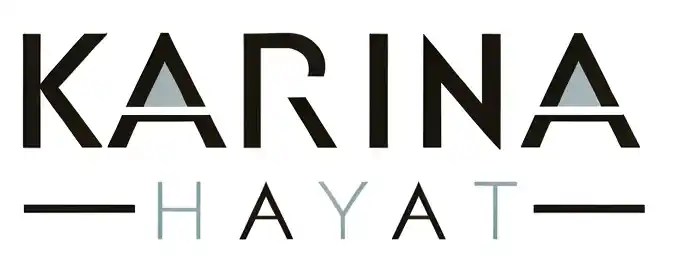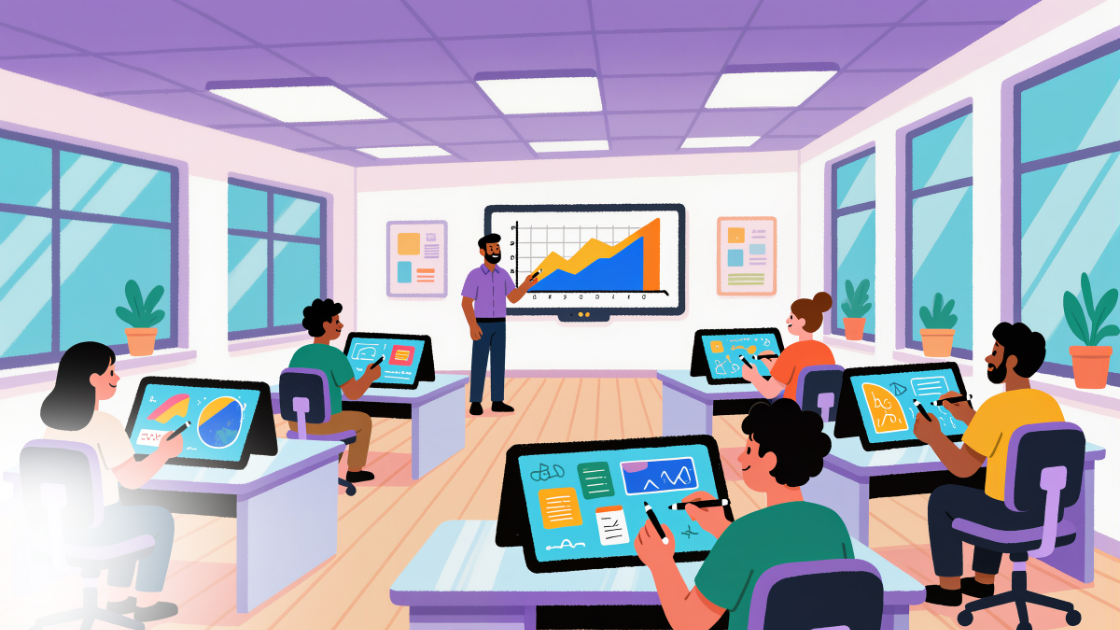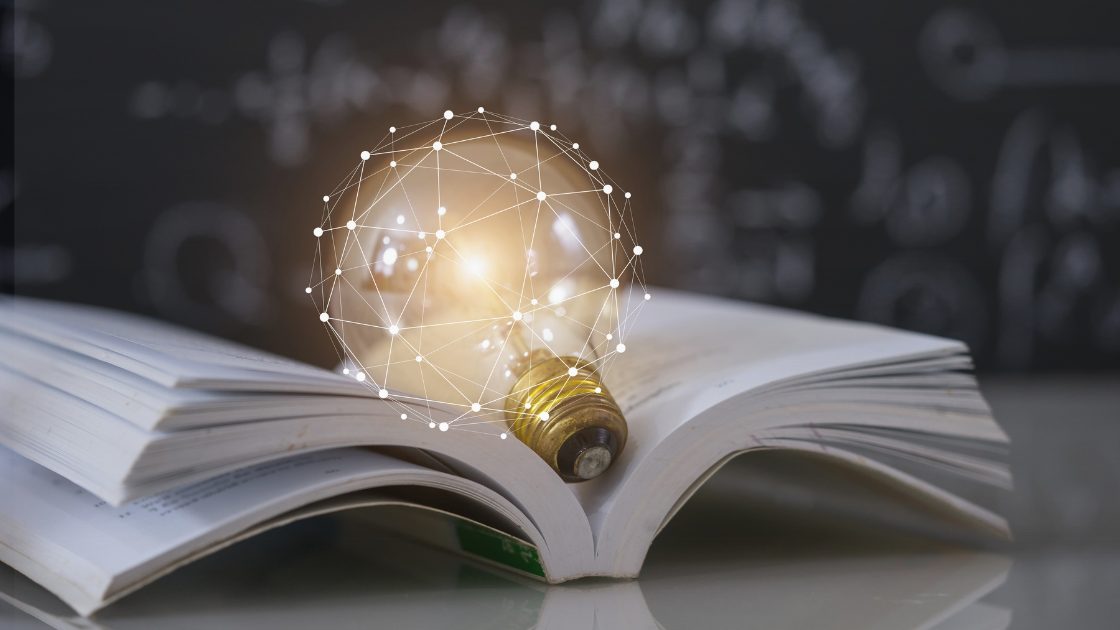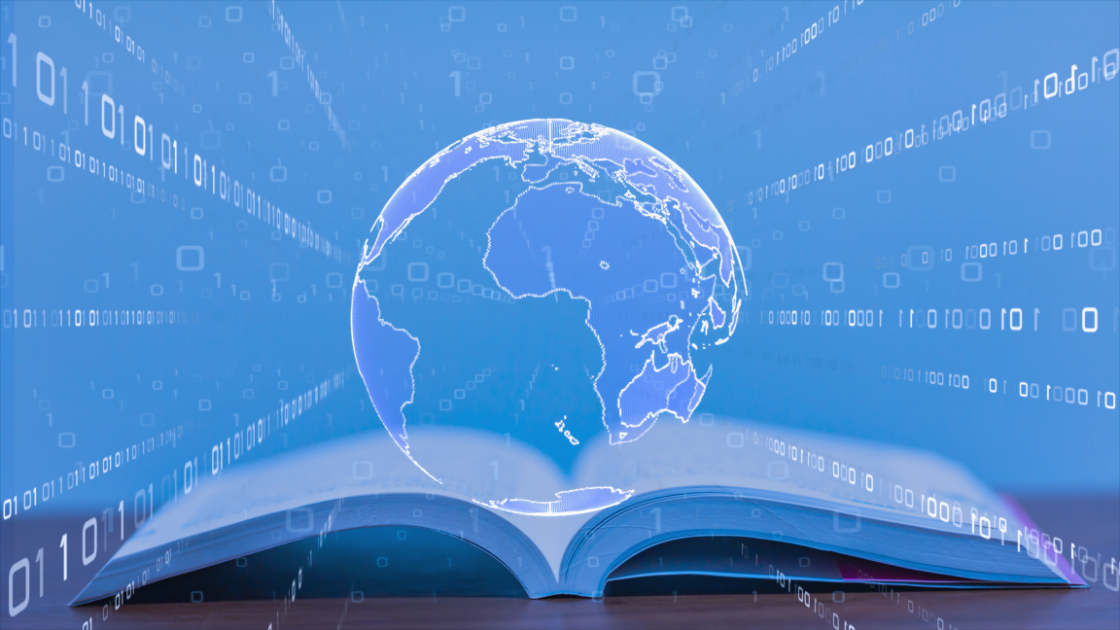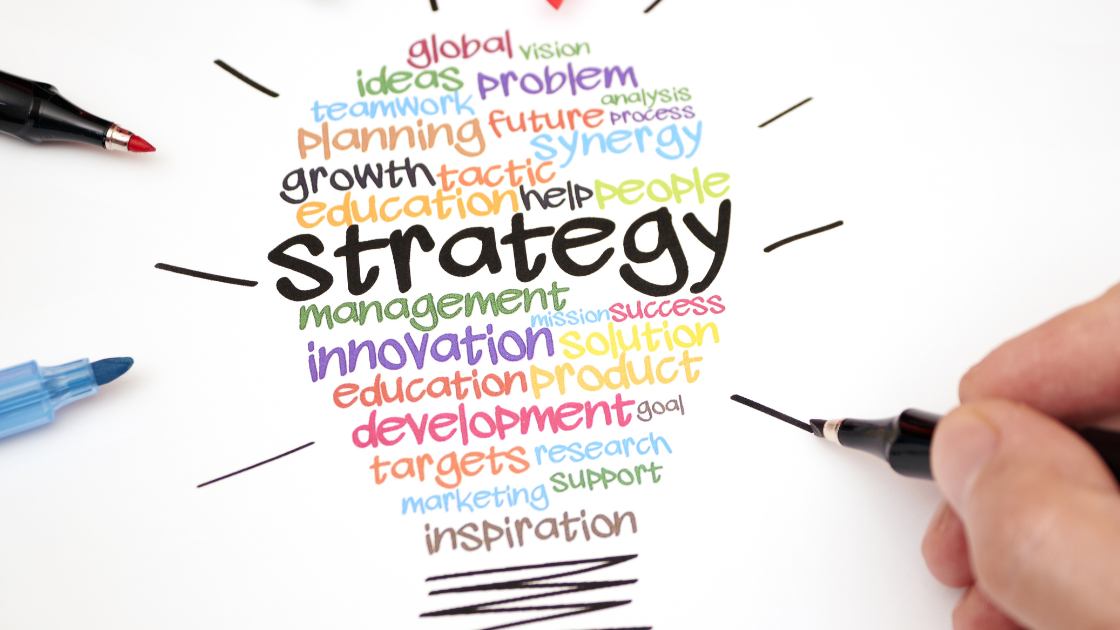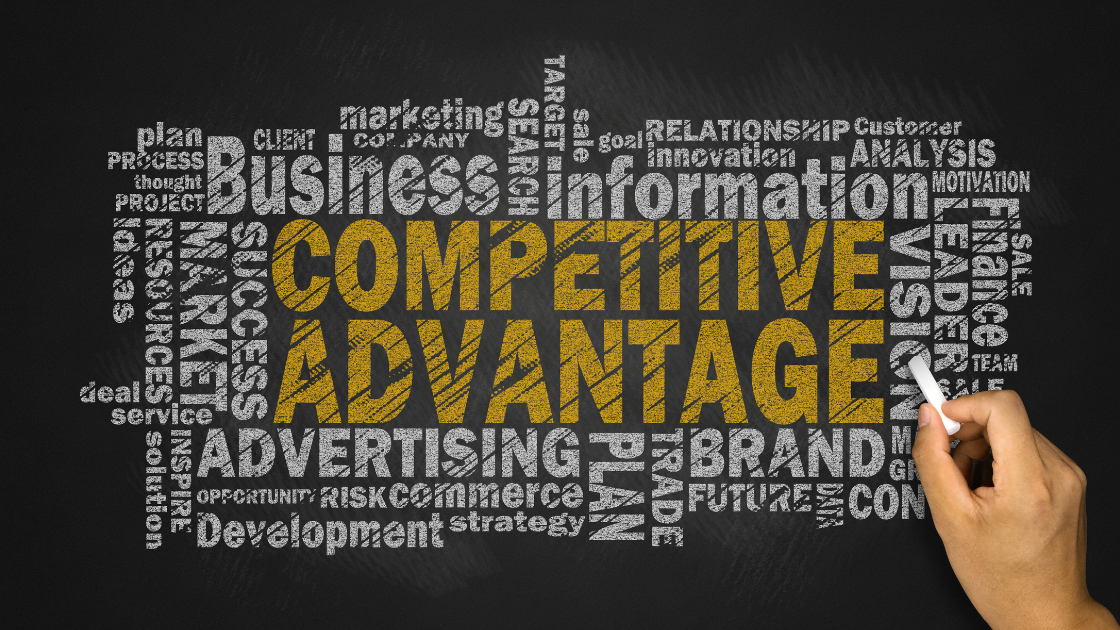Why AI-Powered Education Is the Key to Building a Smarter, More Inclusive Future for Learners Everywhere – A Perspective by Karina Hayat
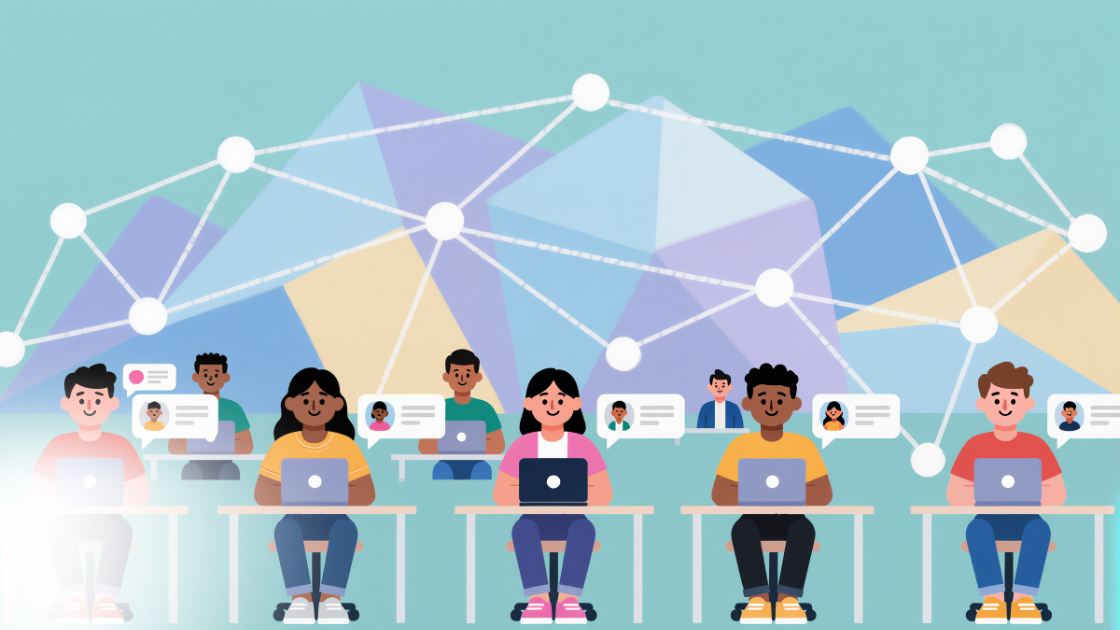
Education has always been the foundation of progress, but for generations, its structure has been rigid—limited by geography, access, and outdated teaching models. Today, artificial intelligence (AI) is dismantling those barriers and reimagining what learning can be. From personalized tutoring to inclusive learning environments, AI is not just enhancing education—it’s transforming it into a global, adaptive, and deeply human experience.
AI-powered education is ushering in a new era where learning is smarter, fairer, and more accessible to everyone, regardless of background or circumstance. It’s the key to unlocking the full potential of learners everywhere.
Personalized Learning: Education That Adapts to Every Student
Traditional education systems often assume that all students learn the same way, at the same pace. But in reality, every learner is unique. Some grasp concepts quickly, while others need more time or a different explanation. This is where AI makes a monumental difference.
AI-powered learning platforms analyze student performance, preferences, and behavior to create customized learning paths. If a student struggles with algebra but excels in geometry, the AI system adjusts lesson difficulty and pacing accordingly. If another student prefers visual aids over text, it tailors the content format.
This adaptive approach ensures that every learner receives the right kind of support at the right time—creating a classroom that meets each student where they are. Instead of forcing conformity, AI celebrates individuality.
Breaking Down Barriers to Accessibility and Inclusion
AI is helping education reach students who were once left behind—those with disabilities, language barriers, or limited access to resources.
For students with visual impairments, AI-driven text-to-speech and image recognition technologies provide real-time assistance. Speech recognition software supports learners with dyslexia or motor challenges by converting spoken words into text. Translation tools powered by AI make learning materials instantly available in multiple languages, opening doors for students around the world.
AI’s inclusive design ensures that learning isn’t a privilege—it’s a universal right. By making education more accessible to marginalized communities and differently-abled students, AI is fostering a truly global and equitable learning ecosystem.
Empowering Teachers, Not Replacing Them
Contrary to the fear that AI will replace educators, the technology actually empowers them. AI automates time-consuming administrative tasks like grading, attendance, and test analysis, freeing teachers to focus on creativity, mentorship, and human connection.
With intelligent dashboards and data insights, educators can monitor student progress in real time, identify learning gaps, and provide targeted interventions. Instead of spending hours on paperwork, they can spend that time understanding their students and nurturing their growth.
In this AI-supported environment, teachers become facilitators of curiosity and empathy—guides who help students apply knowledge meaningfully rather than simply memorize facts.
Global Classrooms: Learning Without Borders
AI is breaking geographical boundaries and creating a truly global learning community. Students in remote villages can now access the same quality of education as those in world-class cities.
AI-powered platforms offer online lessons, virtual tutors, and multilingual content that connect learners across countries. Imagine a student in India collaborating on a science project with a peer in Canada or receiving feedback from an AI tutor trained in world-class pedagogy.
This global connectivity fosters cultural exchange, inclusivity, and collaboration—skills that are essential for the future workforce. The world becomes one classroom, where learning transcends borders.
Smarter Learning Through Data and Insights
Every interaction with an AI learning platform generates valuable data—how long a student spends on a topic, where they struggle, what interests them most. AI analyzes this data to provide insights that improve teaching and learning outcomes.
For students, this means instant feedback and continuous improvement. For educators, it means understanding which teaching methods work best. For institutions, it means optimizing curricula and resources based on real evidence, not assumptions.
AI turns education into a living, evolving system that learns from its learners—a feedback loop that continually enhances the learning experience.
Making Learning Engaging and Interactive
AI is transforming the classroom from a place of passive learning into one of active engagement. Gamified learning platforms, virtual reality (VR) experiences, and interactive quizzes make lessons more dynamic and memorable.
Students can explore space through virtual telescopes, conduct science experiments in simulated labs, or learn history by walking through digital recreations of ancient civilizations—all guided by AI-driven personalization.
When learning feels like an adventure rather than an obligation, curiosity thrives. This kind of engagement not only boosts academic performance but also builds a lifelong love for learning.
Bridging the Gap Between Education and Employability
The job market is evolving faster than ever, and traditional education systems often struggle to keep up. AI helps bridge this gap by identifying emerging industry skills and aligning educational content with future workforce demands.
AI tools can analyze labor market data to recommend courses, certifications, or career paths that suit individual strengths and aspirations. Students graduate with not just knowledge, but practical, future-ready skills.
For businesses, this creates a talent pool that’s better aligned with evolving industry needs. For learners, it means smoother transitions from education to meaningful employment.
Ethics and Responsibility in AI Education
As AI becomes central to education, ethical responsibility must remain at the forefront. Safeguarding student data, ensuring algorithmic fairness, and maintaining transparency are essential to building trust.
AI should complement human judgment, not control it. Ethical AI ensures that technology enhances humanity rather than replacing it. Educators and developers must collaborate to design systems that prioritize well-being, inclusion, and lifelong learning over profit or performance metrics.
The goal is not just to create smarter learners—but more conscious, compassionate ones.
Conclusion: Building a Smarter, More Inclusive Future
AI-powered education represents a paradigm shift—a move from rigid systems to adaptive ecosystems, from exclusion to inclusion, from memorization to meaningful learning.
By personalizing education, removing barriers, and empowering teachers and students alike, AI is creating a future where everyone has the opportunity to learn, grow, and thrive.
This isn’t just technological evolution—it’s human progress. The integration of AI into education is paving the way for a world where learning is continuous, connected, and accessible to all.
The smarter future we dream of begins with how we learn—and with AI, that future is already unfolding before our eyes.
About the author
